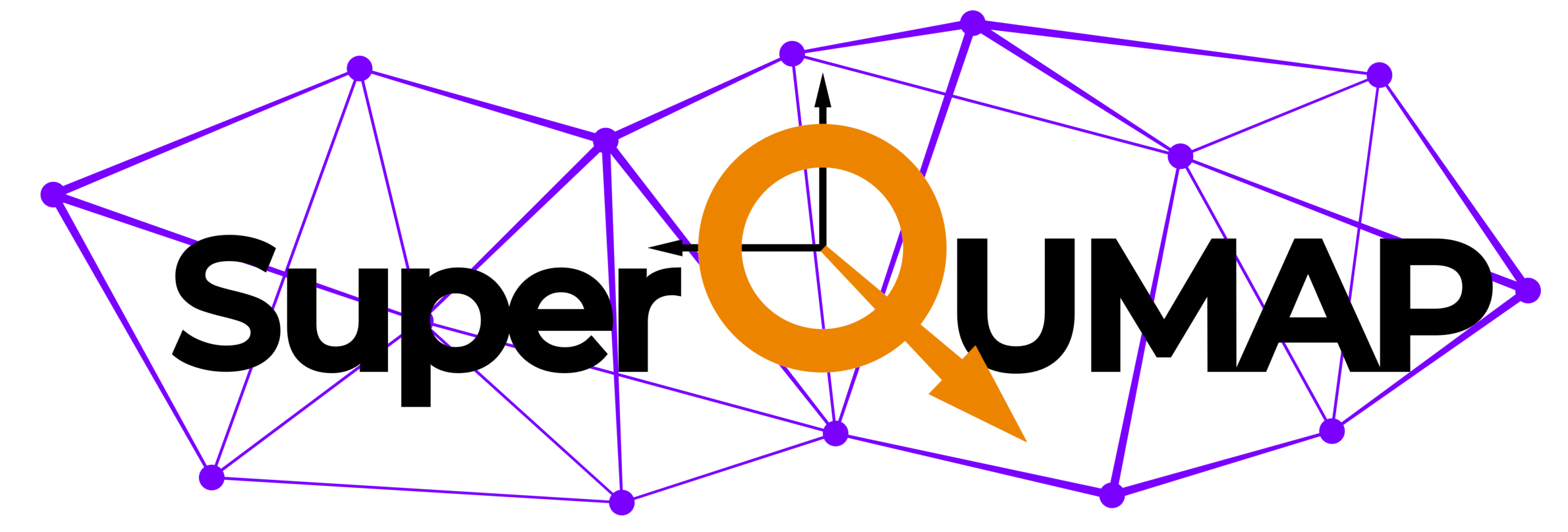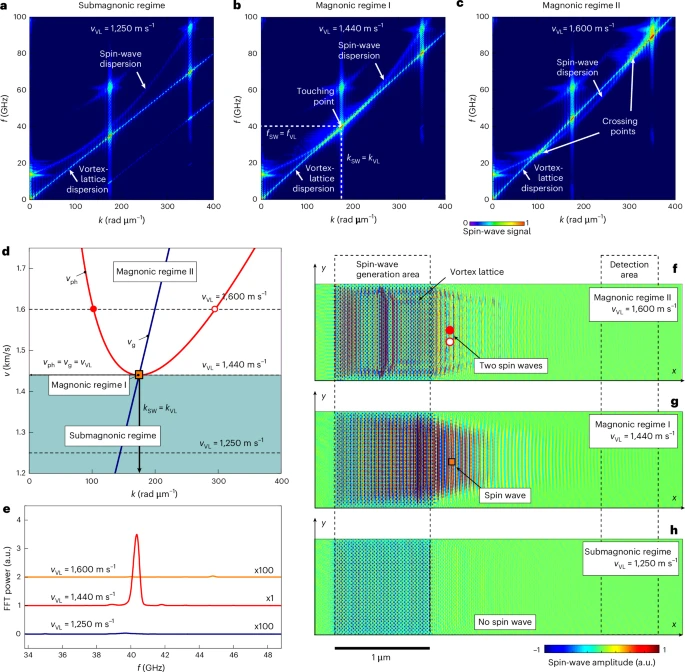Nature Nanotechnology (2025)
Authors: Oleksandr V. Dobrovolskiy, Qi Wang, Denis Yu. Vodolazov, Roland Sachser, Michael Huth, Sebastian Knauer & Alexander I. Buzdin
Abstract: Magnons, the quasi-particles of spin waves, are promising candidates for developing wave-based computing and hybrid quantum technologies. However, generating short-wavelength magnons through microwave excitation becomes increasingly challenging because the excitation efficiency decreases as the antenna size shrinks. Here we demonstrate an alternative approach and generate magnons in a Co–Fe strip using magnetic flux quanta, that is, Abrikosov vortices, moving in an adjacent Nb–C superconductor at velocities exceeding 1 km s−1. The moving vortex lattice acts on the magnetic layer via both static and dynamic stray fields. Our experiments showcase the unidirectional excitation of sub-40-nm wavelength magnons and their coherent interaction with the moving vortices. In turn, the Nb–C sustains its low-resistive state because the magnon creation removes energy from the superconductor. This discovery enables high-speed on-chip electrically driven magnon generation and validates an alternative means of magnon excitation. Our approach could be adapted to other wave excitations, such as surface acoustic waves, for integration into advanced electronic and hybrid quantum systems.




